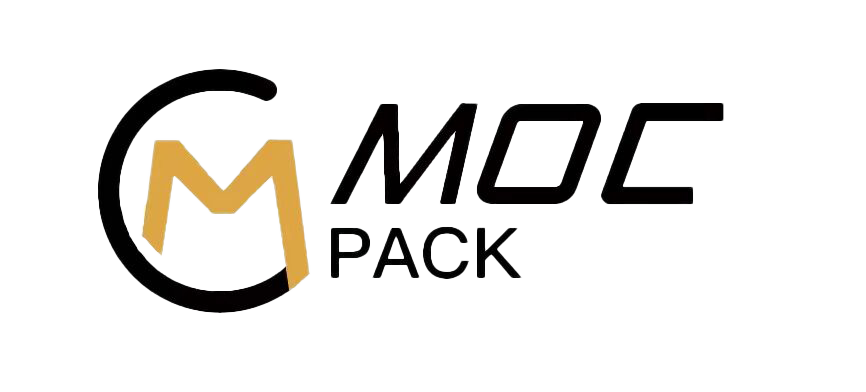The Push for Sustainability in Every Spray
This year, sustainability isn’t just a buzzword—it’s the driving force. We’re seeing a massive shift toward PCR materials in sprayer manufacturing. Brands want packaging that performs and tells an eco-story. At Mochen, we’ve moved beyond just offering PCR options; we’re integrating post-consumer resins into complex components like actuators and housings without sacrificing durability. It’s tricky. Not all recycled plastics behave the same under pressure. But after tweaking injection molds and adjusting blow-forming parameters, we’ve made sprayers that are both green and reliable. Customers don’t just want to reduce carbon footprints. They need consistency in spray patterns and sealing. That’s where engineering meets responsibility.
Smarter Manufacturing, Fewer Delays
Supply chain chaos taught everyone a lesson. This year, smart factories aren’t optional. In our facilities, real-time monitoring systems track production from pellet to packaged sprayer. If a nozzle mold is wearing out, sensors flag it before defects happen. This isn’t sci-fi; it’s practical. I’ve seen how minor calibration shifts during injection molding can alter sprayer performance. We’re now using adaptive machinery that self-adjusts. That means fewer production halts and more consistency. For clients, this translates to shorter lead times and less batch variation. It’s not just about making more; it’s about making reliably amid global uncertainty.
User Experience Takes Center Stage
Sprayers used to be generic. Not anymore. Ergonomics and functionality are now critical. We’ve developed a new nozzle that delivers a finer mist with less effort. How? By redesigning the inner chamber and spring mechanism. It’s not just a part; it’s part of the product experience. I remember testing prototypes—some felt stiff, others leaked. After dozens of iterations, we landed on a design that feels smooth and delivers dose accuracy. Consumers notice this stuff. A luxury serum or household cleaner shouldn’t require a heavy hand. Comfort matters as much as performance.
Customization Without Compromise
Brands want unique sprayers that reflect their identity. Custom colors, matte finishes, even branded actuators—this year, it’s all in demand. With advanced IMD (In-Mold Decoration) techniques, we’re embedding logos and patterns directly into sprayer components. No more peeling labels or fading prints. But customization isn’t just cosmetic. We’re also tweaking mechanical designs for specific viscosities—thick lotions need different mechanics than fine perfumes. One client needed a sprayer that worked equally well upright and inverted. Took some trial and error, but we made it happen. Flexibility is key.
The Little Things That Matter
Sometimes innovation is in the details. Like improving the seal integrity to prevent leakage during shipping. Or reducing the number of parts to simplify recycling. We’ve also been experimenting with bio-based plastics like PLA for certain sprayer models. They’re not yet perfect for all formulations, but progress is steady. On the factory floor, small automation upgrades have reduced human error in assembly. It’s these incremental changes that add up. For businesses, it means fewer returns and happier end-users. After all, a sprayer that leaks or clogs hurts the brand more than the package.

